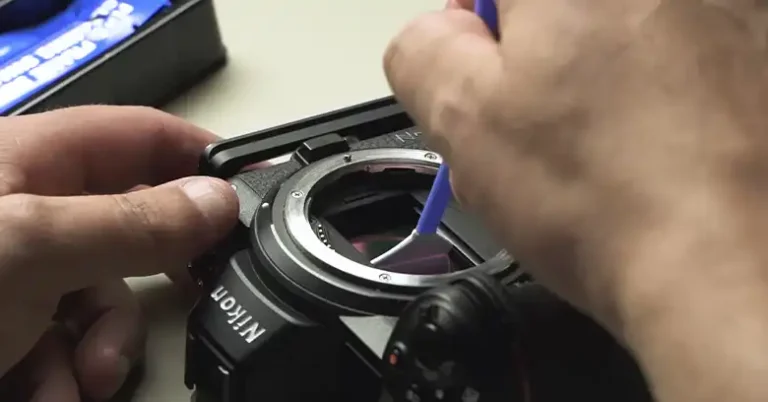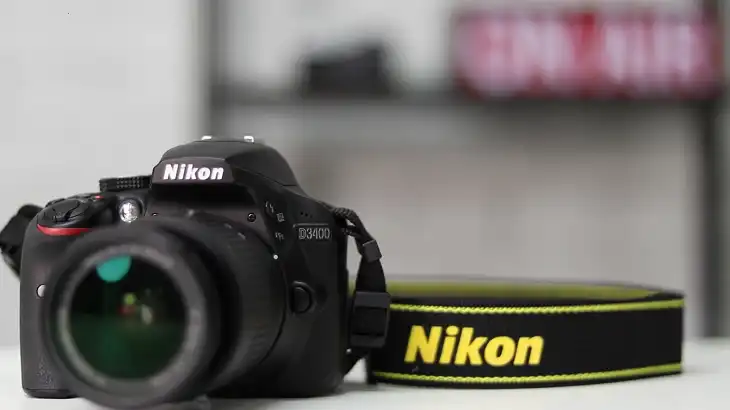AI Servo vs AI Focus: Difference Between the Two Autofocus Modes

Mastering your camera’s autofocus system is crucial for capturing sharp, well-focused images. Two popular autofocus modes that often confuse photographers are AI Servo and AI Focus. These modes, primarily found in Canon cameras, serve different purposes and can significantly impact your photography results.
AI Servo is designed for continuous focusing on moving subjects, while AI Focus automatically switches between single-shot and continuous focusing based on subject movement.
In this comparison piece, we’ll discuss AI Servo and AI Focus, comparing their features, benefits, and ideal use cases. Whether you’re a beginner looking to understand your camera better or an experienced photographer aiming to refine your technique.
What is AI Servo?
AI Servo, short for Artificial Intelligence Servo, is an autofocus mode designed to track moving subjects continuously. It’s particularly useful for photographing subjects that are in constant motion or have unpredictable movements.
How AI Servo Works
When you activate AI Servo mode, your camera continuously adjusts focus as long as you half-press the shutter button. It uses advanced algorithms to predict where the subject will be in the next fraction of a second, allowing the camera to keep up with fast-moving subjects.
The system works by:
- Detecting the subject’s current position
- Calculating the subject’s speed and direction
- Predicting the subject’s future position
- Adjusting the focus accordingly
This process happens multiple times per second, ensuring that your subject remains in focus even if it’s moving erratically.
Best Use Cases for AI Servo
AI Servo excels in scenarios where subjects are in constant motion. Some ideal situations include:
- Sports photography: Capturing athletes in action, from runners to race cars
- Wildlife photography: Tracking animals in their natural habitats
- Street photography: Following moving subjects in dynamic urban environments
- Event photography: Keeping up with lively participants at weddings or parties
Advantages of AI Servo
The most obvious advantage of AI servo is the continuous focus tracking feature that keeps moving subjects sharp. Apart from that, it can also provide predictive focusing, which anticipates subject movement.
AI servo is versatile. It works well in various action photography scenarios. Furthermore, it is compatible with burst mode which is ideal for capturing sequences of fast action.
Limitations of AI Servo
Talking about limitations, AI servo can often lead to higher battery consumption due to constant focus adjustments. It can also struggle with very erratic or unpredictable movements.
Sometimes, it can be challenging to use for stationary subjects. However, with proper mastering of timing and technique these issues will go away.
What is AI Focus?
AI Focus is an autofocus mode that automatically switches between One-Shot AF (for stationary subjects) and AI Servo AF (for moving subjects) based on the camera’s analysis of subject movement.
How AI Focus Works
When you use AI Focus mode, your camera continuously monitors the subject:
- If the subject is stationary, it behaves like One-Shot AF, locking focus when you half-press the shutter button.
- If the camera detects subject movement, it switches to AI Servo mode, continuously adjusting focus to track the moving subject.
This automatic switching is designed to provide a versatile autofocus solution for situations where subject movement is unpredictable.
Best Use Cases for AI Focus
AI Focus is particularly useful in scenarios where you’re unsure whether your subject will remain stationary or start moving. Some ideal situations include:
- Portrait photography: When subjects might shift positions
- Casual family photography: Capturing both posed and candid moments
- Event photography: Handling a mix of still and moving subjects
- Street photography: Adapting to dynamic urban scenes
Advantages of AI Focus
When it comes to AI focus, the most obvious advantage is the versatility if offers. It can handle both stationary and moving subjects. This is such a convenience since you don’t need to manually switch between focus modes all the time. Therefore, you can handle many unpredictable shooting situations with ease. This make AI focus the go-to autofocus choice for beginners who are learning to handle different scenarios.
Limitations of AI Focus
Sometimes, AI focus can be a bit slower to react compared to dedicated modes. It may not also be as reliable for fast-paced action as AI servo.
AI focus can sometimes misinterpret subject movement, which can lead to focus errors. Overall, it offers less manual control when compared to AI servo.
Key Differences Between AI Servo and AI Focus
Understanding the distinctions between AI Servo and AI Focus is crucial for choosing the right mode for your shooting situation.
| Feature | AI Servo | AI Focus |
| Primary Function | Continuous focus tracking | Automatic switching between One-Shot and continuous focus |
| Best For | Fast-moving subjects | Mixed scenarios with both still and moving subjects |
| Responsiveness | Immediate and continuous | May have slight delay when switching modes |
| User Control | Full manual control | Automatic – camera decides when to switch |
| Battery Consumption | Higher | Moderate |
| Ideal Photography Types | Sports, Wildlife, Action | Casual events, Portraits, Street photography |
| Learning Curve | Steeper – requires practice | Easier for beginners |
| Focus Accuracy for Fast Subjects | High | Moderate |
| Versatility | Specialized for motion | More versatile for mixed scenarios |
| Compatibility with Burst Mode | Excellent | Good, but may have inconsistencies |
| Low Light Performance | Generally better | Can struggle when switching modes |
| Predictive Capabilities | Strong | Limited |
To summerize the table, AI Servo and AI Focus are two distinct autofocus modes with unique strengths. AI Servo excels in continuous tracking of fast-moving subjects, making it ideal for sports and wildlife photography. It offers immediate responsiveness and high accuracy but consumes more battery.
AI Focus, on the other hand, automatically switches between single and continuous focus, suiting mixed scenarios like casual events and street photography. It’s more versatile and beginner-friendly but may have slight delays when switching modes.
While AI Servo provides full manual control, AI Focus operates automatically. Both have their place depending on the shooting situation and photographer’s needs.
Choosing Between AI Servo and AI Focus
Selecting the right autofocus mode depends on various factors. Here’s a guide to help you decide:
When to Use AI Servo
Choose AI Servo when:
- You’re photographing fast-moving subjects
- You need to capture action sequences
- Your subject’s movement is relatively predictable
- You’re shooting sports, wildlife, or other action-packed events
When to Use AI Focus
Opt for AI Focus when:
- You’re in mixed shooting conditions with both still and moving subjects
- You’re unsure whether your subject will move or stay still
- You’re shooting casual events or family gatherings
- You want a versatile mode that adapts to various situations
Wrapping Up
Understanding the differences between AI Servo and AI Focus is crucial for maximizing your camera’s autofocus capabilities. While AI Servo excels in continuous subject tracking for action and sports photography, AI Focus offers a versatile solution for mixed shooting scenarios.
Remember that the best mode for you depends on your specific shooting situation, subject matter, and personal preferences. Don’t be afraid to experiment with both modes to see which works best for your style of photography.
FAQs
Can AI Focus replace AI Servo completely?
While AI Focus is versatile, it can’t fully replace AI Servo for fast-action photography where continuous tracking is crucial.
Does AI Focus work well for video?
AI Focus is primarily designed for still photography. For video, continuous autofocus modes are typically more suitable.
Is AI Servo more battery-intensive than AI Focus?
Generally, yes. AI Servo’s constant focus adjustments tend to consume more power than AI Focus, especially when subjects are often stationary.
Why is AI Focus slower to respond?
AI Focus needs to analyze subject movement before switching modes, which can introduce a slight delay compared to dedicated modes like AI Servo or One-Shot AF.






